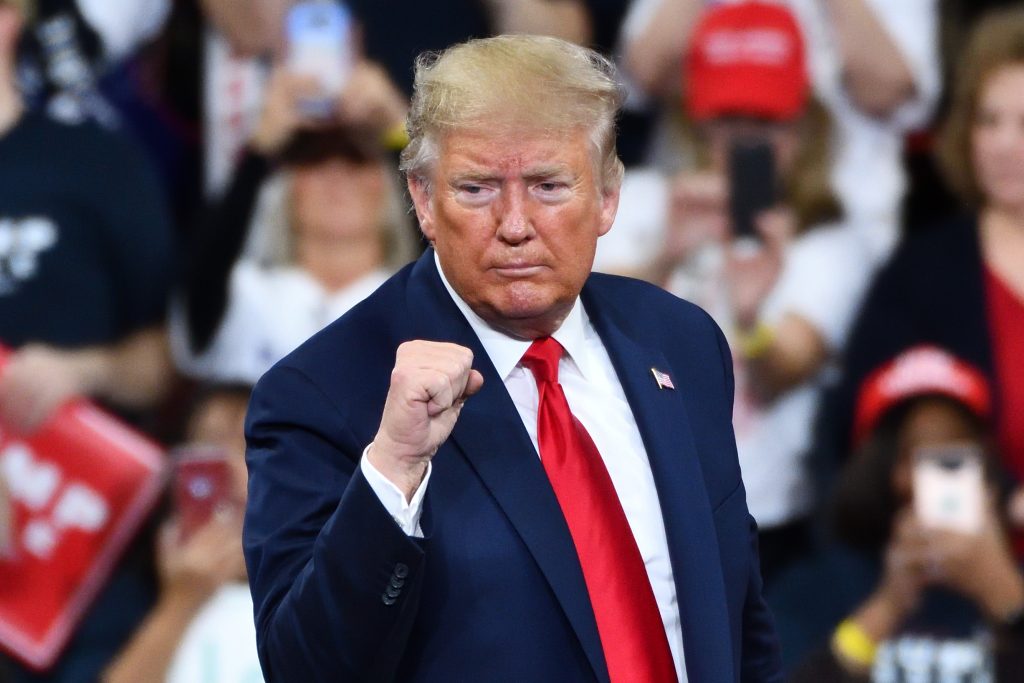Donald Trump is doubling down on protectionism in his economic agenda.
Others are reading now
Donald Trump is doubling down on protectionism in his economic agenda.
Could Ignite Trade War
According to El Economista Trump proposes a sweeping 10% tariff on all imports and a staggering 60% tariff on Chinese goods, building on the tariffs imposed by President Joe Biden, including a 100% tariff on electric vehicles.
Trump’s selection of J.D. Vance as his running mate underscores the Republican Party’s shift from the free-market principles of George W. Bush and Ronald Reagan to a robust protectionism reminiscent of the 19th century.
If Trump and Vance succeed in November, their aggressive tariff policies could ignite a global trade war.
Also read
During his previous presidency, Trump labeled China a “strategic competitor” in his National Security Strategy. This time, his protectionist stance extends beyond China, targeting the entire global market. This could lead to a worldwide trade conflict, pitting the U.S. against numerous nations.
An analysis by the Peterson Institute for International Economics (PIIE) highlights the potential risks. Economist Alan Wm. Wolff suggests Trump’s view that all trade is “unfair” drives this broad tariff proposal.
The think tank warns that there is no clear rationale for setting tariffs at 10%, nor an explanation for maintaining them at that level once imposed.
Boost Exports
Trump’s previous administration saw significant trade actions, including withdrawing the U.S. from the Trans-Pacific Partnership (TPP) and imposing steep tariffs on Chinese steel and aluminum. These moves stirred internal Republican dissent, but the party now aligns more closely with Trump’s protectionist views.
This strategy echoes the Smoot-Hawley Tariff Act of 1930, which raised import duties to an average of 47%, triggering retaliatory tariffs from over a dozen countries. While today’s average U.S. tariff is 3%, and unemployment hovers above 4%, the impact of such protectionism could be profound.
Trump aims to weaken the dollar to boost exports and offset proposed tax cuts. His 2017 tax reform, reducing corporate tax rates to 21%, might be made permanent if he wins. However, questions remain about the fate of Biden’s green energy tax incentives, which benefit many businesses, including Trump’s supporters.
PIIE economists Kimberly Clausing and Maurice Obstfeld argue that using tariffs to offset income tax cuts is problematic. They warn it could cost jobs, fuel inflation, increase federal deficits, and trigger a recession. Such policies would disproportionately burden the poor and middle class, exacerbate global tensions, and likely lead to a trade war.


